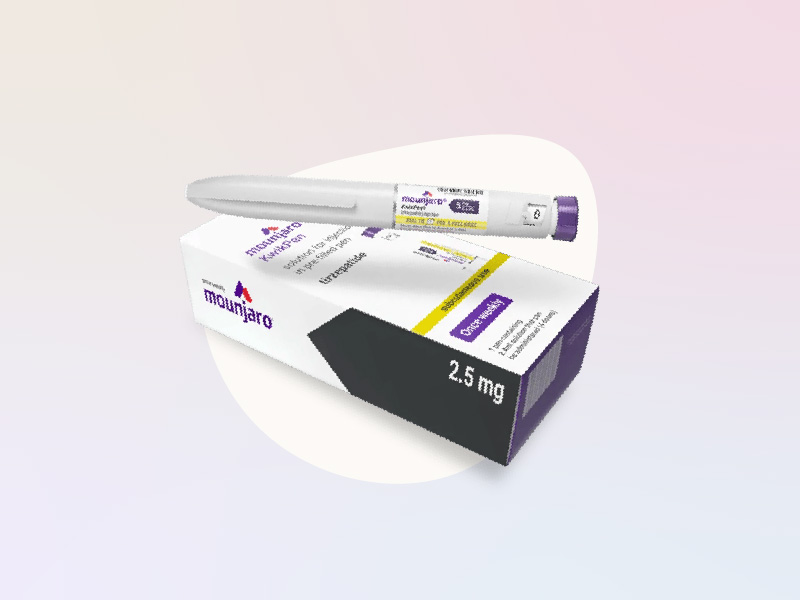Understanding Different Types of Bone and Joint Diseases
By Easy Pharmacy Hub
Our bones and joints play a vital role in supporting the body and enabling movement. However, just like any part of the body, they can be affected by various diseases that impact daily life. At Easy Pharmacy Hub, we believe that awareness is the first step to better health. In this post, we’ll guide you through the different types of bone and joint diseases, their symptoms, and how they can be managed or prevented.
What Are Bone and Joint Diseases?
Bone and joint diseases are conditions that affect the skeleton, including the bones, joints, and the connective tissues such as ligaments and cartilage. These diseases may be caused by inflammation, wear and tear, infections, autoimmune responses, or even genetic factors.
Common Types of Bone and Joint Diseases
1. Osteoarthritis (OA)
Cause: Wear and tear of the cartilage that cushions the joints.
Common in: Older adults, overweight individuals, or those with joint injuries.
Symptoms:
-
Joint pain and stiffness
-
Swelling
-
Reduced range of motion
2. Rheumatoid Arthritis (RA)
Cause: Autoimmune condition where the immune system attacks healthy joint tissue.
Common in: Middle-aged women, but can affect anyone.
Symptoms:
-
Pain and swelling in multiple joints
-
Fatigue and low-grade fever
-
Morning stiffness lasting longer than 30 minutes
3. Osteoporosis
Cause: Loss of bone density, making bones weak and more likely to fracture.
Common in: Postmenopausal women, the elderly, people with calcium or vitamin D deficiencies.
Symptoms:
-
Often silent until a bone breaks
-
Back pain due to fractured vertebrae
-
Loss of height or stooped posture
4. Gout
Cause: Build-up of uric acid crystals in the joints.
Common in: Middle-aged men, people with poor diet, or high alcohol intake.
Symptoms:
-
Sudden and intense joint pain (often in the big toe)
-
Swelling and redness
-
Warmth in the affected joint
5. Bursitis
Cause: Inflammation of the bursae (small sacs that cushion joints).
Common in: People who do repetitive motions or put pressure on joints.
Symptoms:
-
Pain in joints like the shoulder, elbow, or hip
-
Swelling or tenderness
-
Limited movement
6. Lupus (Systemic Lupus Erythematosus)
Cause: Autoimmune disorder affecting joints and organs.
Common in: Women of childbearing age.
Symptoms:
-
Joint pain and swelling
-
Fatigue
-
Skin rashes and other organ involvement
7. Paget’s Disease of Bone
Cause: Abnormal bone remodeling, leading to misshapen and fragile bones.
Common in: Older adults.
Symptoms:
-
Bone pain
-
Deformities
-
Increased risk of fractures
How Are These Conditions Diagnosed?
Early diagnosis is key. Doctors may use:
-
X-rays or MRI scans
-
Blood tests to check for inflammation or autoimmune markers
-
Bone density tests for osteoporosis
-
Joint fluid analysis for conditions like gout
Treatment and Management Options
Depending on the disease, treatment options may include:
-
Medications:
-
Pain relievers (Paracetamol, NSAIDs)
-
Anti-inflammatory drugs
-
Disease-modifying anti-rheumatic drugs (DMARDs)
-
Supplements (Calcium, Vitamin D, Glucosamine)
-
-
Lifestyle Changes:
-
Regular, low-impact exercise (e.g., walking, swimming)
-
Healthy diet rich in calcium and vitamin D
-
Weight management
-
-
Physical Therapy: Helps maintain mobility and reduce pain.
-
Surgery: In severe cases, joint replacement may be recommended.
Can Bone and Joint Diseases Be Prevented?
While not all conditions can be prevented, you can lower your risk by:
-
Eating a balanced diet
-
Staying active
-
Avoiding repetitive strain on joints
-
Protecting your joints during sports or physical activity
-
Quitting smoking and limiting alcohol
When to See a Doctor
If you notice persistent joint pain, swelling, stiffness, or difficulty moving, don’t ignore it. Early intervention can help slow disease progression and improve quality of life.
Final Thoughts
Bone and joint diseases can be debilitating if left untreated, but with early diagnosis and proper care, many people continue to live full and active lives. At Easy Pharmacy Hub, we’re committed to providing you with the medications, supplements, and health tips you need to take care of your bones and joints.
🛒 Looking for Joint Support Supplements or Pain Relief Creams?
Browse our Bone & Joint Health Collection at Easy Pharmacy Hub – trusted products delivered to your door.


